Famous Sikhs in Singapore: Trailblazers of Faith, Resilience, and Legacy
Hello, readers! Welcome to another captivating deep dive into the rich tapestry of Sikh heritage on GlobalSikhiWiki.com.
Have you ever wondered about the unsung heroes who shaped the Sikh community in Singapore? From exiled freedom fighters enduring solitary confinement to visionary educators and naval commanders rising through the ranks, the stories of famous Sikhs in Singapore are nothing short of inspiring. These notable Singaporean Sikhs, drawn primarily from historical books like Singapore’s Early Sikh Pioneers and Singapore’s “Northern Sikhs” and their Gurdwaras, reveal a community that punched well above its weight—contributing to law, education, sports, and spirituality in this multicultural island nation. As we unravel their tales, you’ll discover how Sikh pioneers in Singapore overcame colonial hardships, wartime chaos, and societal challenges to leave an indelible mark. Stick around; each story builds on the last, painting a vivid picture of courage and community spirit that will keep you hooked till the end!
The Dawn of Sikh Presence: Exiled Warriors and Early Settlers
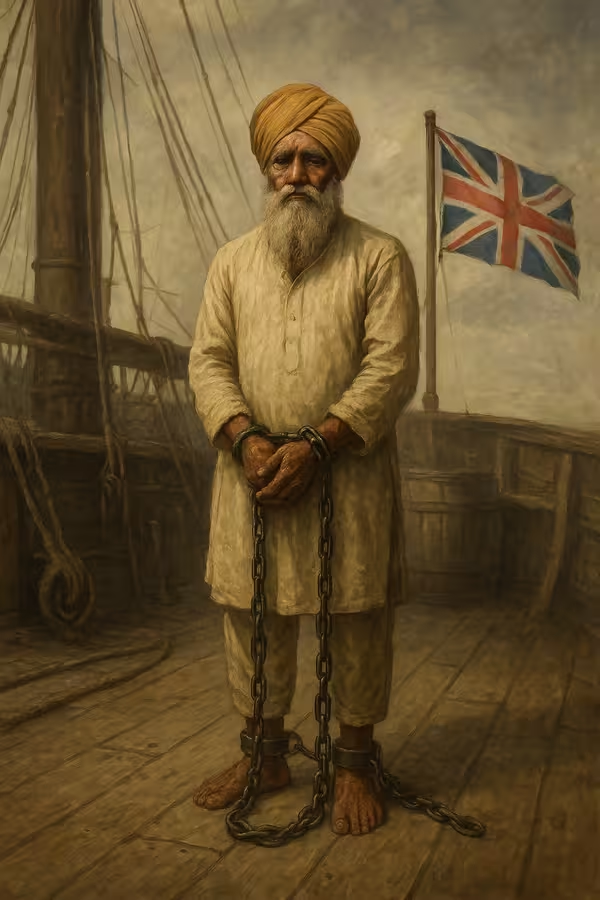
First recorded Sikh in Singapore
Picture this: It’s 1850, and a ship docks in Singapore carrying not traders or soldiers, but a chained saint-soldier whose spirit refused to break. Bhai Maharaj Singh Ji, the first recorded Sikh in Singapore, wasn’t here by choice—he was exiled by the British after leading a fierce resistance in the Anglo-Sikh Wars. Born Nihal in Punjab’s Ludhiana district, he immersed himself in meditation and service from youth, earning the moniker “Karnivala” ((miracle worker) )for his miraculous escapes and inspirational leadership against colonial forces. Imprisoned in a dark cell at Outram Road, he went nearly blind but remained a beacon of faith until his death in 1856. His legacy? A samadhi at Silat Road Gurdwara that draws devotees today, sparking debates on worship practices but uniting Sikhs across divides. This Sikh history in Singapore starts with such defiance, setting the stage for generations to come.
Bhai Maharaj Singh was the first Saint-Soldier of Sikh legacy who regularly recited the divine hymns of Gurbani in a prison on the island of Singapore. Although his last phase of life passed with great hardship, his high morale was not affected by the worldly challenges and deprivations he faced. Although the British records/sources regarding Bhai Sahib’s life in Singapore focused on issues such as his health, illness, and bodily weakness, they fail to record the spiritually divine drive of Bhai Maharaj Singh and the spirit of “Chardi Kala” which inspired him to live life as emphasised in Gurbani:
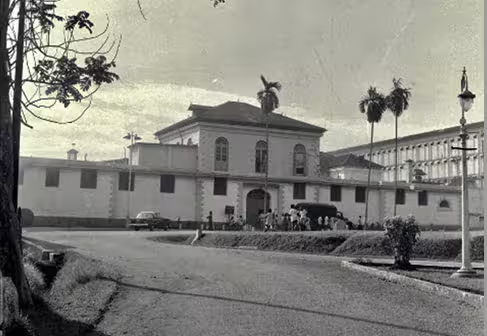
Khurruck Singh, the loyal companion
Right by the side of Bhai Maharaj Singh was Khurruck Singh, the loyal companion who shared exile and hardship. After Bhai Maharaj’s passing, Khurruck cremated him and briefly tasted freedom in 1857—only to be re-arrested amid mutiny fears and shipped to Penang. In 1850, Penang was a British trading post located on Penang Island, off the coast of modern-day Malaysia.
Khurruck Singh has been variously described as Bhai Maharaj Singh’s chela. Chela is a Sanskrit word that literally means servant or slave. It also loosely means disciple, follower, or devotee. Khurruck Singh ( actually Kharak Singh) was to Maharaj Singh, as the latter was to his master Bhai Bir Singh. Nothing is known about this man beyond the fact that he was a Jat by caste and preferred to remain with his guru even beyond the high seas where he served him faithfully till his last breath. He has also been described as one of Bhai Maharaj Singh’s closest advisers and personal attendant. When the Government decided to banish Bhai Maharaj Singh to Singapore, Khurruck Singh offered to go with him, and the colonial authorities in India would have been only too glad to get rid of one more trouble maker in the name of Khurruck Singh. Asia Samachar
These early figures laid the spiritual foundation for the Sikh community in Singapore, inspiring migrants who followed.
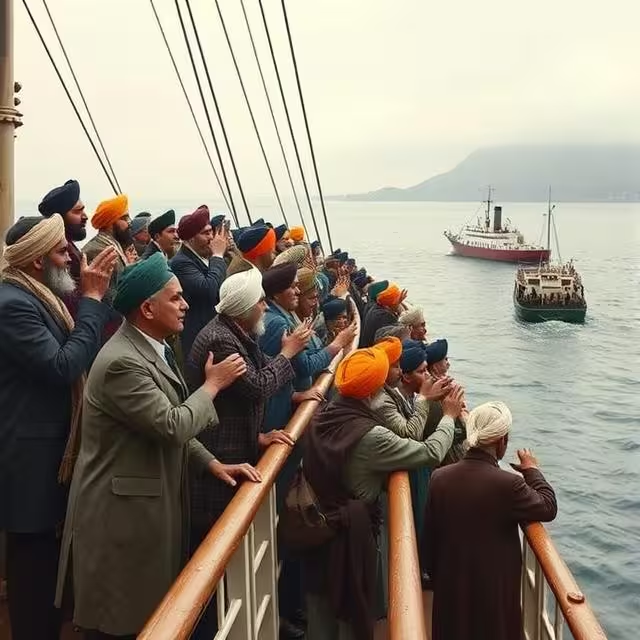
Baba Gurdit Singh, a savvy businessman
Fast-forward to the early 1900s, and enter famed Baba Gurdit Singh of “Komagata Maru”.
In the early 1900s, Baba Gurdit Singh, a resourceful businessman active in construction across Singapore and Malaya, became a key figure in Sikh history. In 1914, he chartered the Komagata Maru to challenge Canada’s racist “continuous journey” immigration laws. Carrying 376 mostly Sikh passengers, the ship was denied entry and forced to return, sparking riots and tragedy in India. Survivors recalled, “We waited on that ship for two months, believing Canada would see our humanity, but it turned us away.” Gurdit evaded arrest for years before surrendering as a patriot, his actions linking local Sikh pioneers to a global struggle for dignity and justice.
The Komagata Maru, after being denied entry to Canada, returned to India and landed at Budge Budge, a port town near Calcutta (now Kolkata), West Bengal, on 29 September 1914.
It was there that the British Indian authorities tried to forcibly send many of the passengers to Punjab under guard, which led to the violent clash — resulting in the deaths of 19 and arrests.
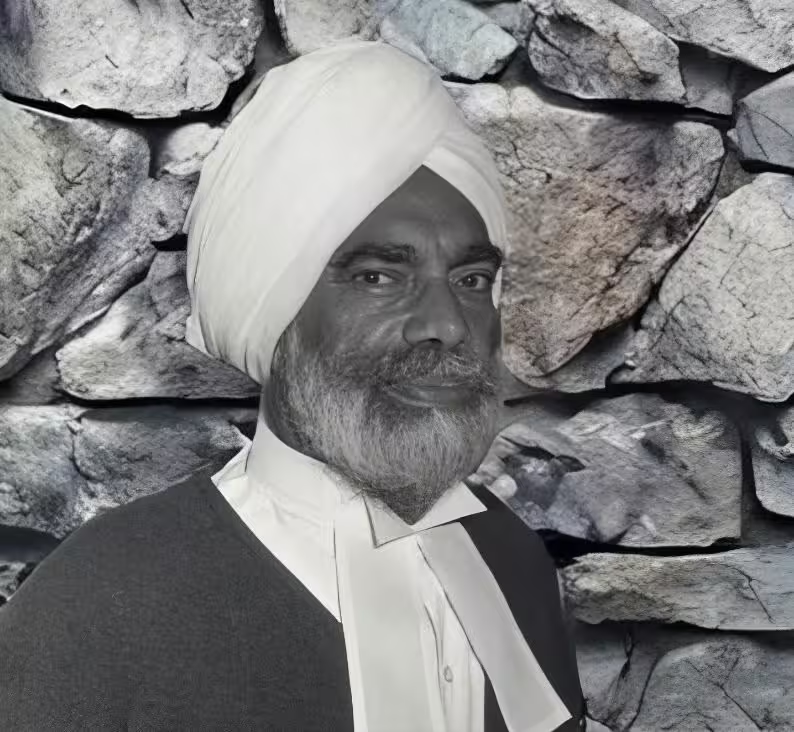
Justice Choor Singh Sidhu : Singapore's first Sikh Supreme Court Judge
As the community grew, so did its leaders—men like Sardar Choor Singh Sidhu, whose journey from humble immigrant roots to Singapore’s first Sikh Supreme Court Judge is the stuff of legends. Arriving at age four in 1917, he climbed from a security guard’s son to magistrate in 1949 and judge in 1963, handling iconic cases like the “Body in the box” that reformed the jury system. Post-retirement, he authored books on Sikh saints, founded the Singapore Khalsa Association, and chaired advisory boards, all while epitomizing selfless service. His epitaph? A humble nod to divine grace, reflecting a life of quiet revolution.
“body in the box is justice system where jury decide guilty or not” refers to a jury trial, where a group of citizens acting as a jury listens to evidence and determines a defendant’s guilt or innocence. In this common law system, the jury is a fundamental component, making factual determinations and returning a verdict, while the judge handles matters of law.
It is believed that the jury system was abolished by the Singapore Government in 1969 as a result of a famous ‘Body in the box’ case tried by Justice Choor Singh with Francis Seow prosecuting. The then Prime Minister Mr Lee Kuan Yew sought Justice Choor Singh’s opinion and a Bill was subsequently passed in Parliament in 1969 abolishing the jury system in Singapore.
Master Wazir Singh Wasan
Education was a cornerstone for many famous Sikhs in Singapore, with figures like Master Wazir Singh Wasan leading the charge. Arriving in 1928, he rose to Inspector of Schools by 1966, co-founding the Singapore Khalsa Association and spearheading Punjabi classes for hundreds of children. His influence touched diplomats like Professor Tommy Koh, who credited Wazir for instilling resilience against prejudice. A cricket and hockey star himself, Wazir blended intellect with athleticism until his passing in 1999
Sarwan Singh Sidhu
Sarwan Singh Sidhu echoed this dedication, teaching and leading schools like Anderson Secondary while earning multiple degrees. As General Secretary of the Khalsa Association, he founded its kindergarten, proving education’s power in preserving Sikh heritage. Similarly, Ram Singh and Avtar Singh climbed to principalships, mentoring generations and excelling in sports—Avtar even umpiring international hockey.
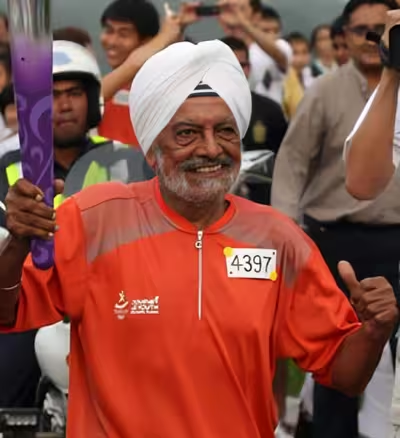
Ajit Singh Gill: the 1956 Melbourne Olympics hockey
Sports ignited passions among Sikh pioneers in Singapore, none more than Ajit Singh Gill, the 1956 Melbourne Olympics hockey fullback. A golf enthusiast with trophies galore, he taught at Queenstown Secondary, blending athletics with education in a career that culminated in torch-bearing at the 2010 Youth Olympics.
Ajit Singh Gill studied at K.K.M School in Kuala Lumpur and at Teachers Training College in Singapore. He was a Senior Assistant of a secondary school in Singapore.
He played hockey and cricket for the Selangor Indian Association from 1948 to 1951 and for State of Selangor in 1950. He played for the Singapore Indian Association from 1952 to 1975. He also played hockey for the Singapore Khalsa Association.
He played as right half-back for State of Selangor and as a full back for Singapore.
He represented Singapore in matches against Indonesia, India, Pakistan, Belgium, Britain, New Zealand, Australia, Malaysia. He was a short corner specialist and states that “scoring all those goals was very thrilling.”
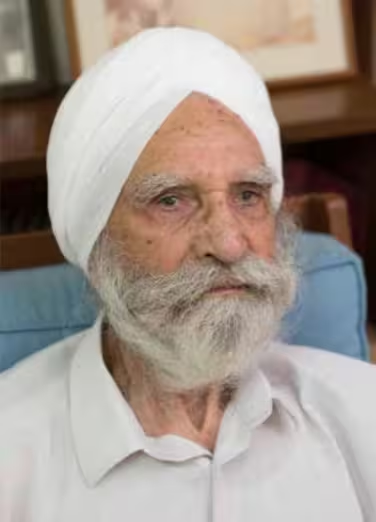
Lieutenant Colonel (Retired) Jaswant Singh Gill
In military realms, Sardar Jaswant Singh Gill’s rise to Singapore Navy Commander was extraordinary. From police clerk during Japanese Occupation to leading post-independence bases, he presided over the Khalsa Association, fundraising for community hubs—all while upholding his faith as a teetotaller in a boozy environment.
He was also deeply committed to serving the Sikh community in Singapore and was a strict but a very responsible husband and father to his 6 children. His ashes were dispersed at sea. Soldier never die, they permanently live in history till eternity.
S Jaswant Singh Gill, Singapore’s first navy chief, was a renowned person and a vital part of the country’s defence during its formative years. He was six years old when he arrived in Singapore with his uncle. His parents were Punjabi farmers. In addition to holding important military roles throughout his career, Gill was also active in the Sikh community, Khalsa Vox reported.
Gill’s military career began when he fought for Singapore in the Konfrontasi battle, which took place between 1963 and 1966 and involved Indonesia and the Federation of Malaysia. He was named Commander of the Singapore Naval Volunteer Force in the wake of the British withdrawal in 1967.
While many recognize Gill as Singapore’s first Navy Commander, few know he was the only Sikh officer in the Malayan Royal Naval Volunteer Reserve (MRNVR) during his early naval career—serving alongside 100 British officers and 900 sailors. He began by handling the most menial tasks like scrubbing decks before earning his promotion to officer ranks—a testament to his perseverance and merit.
Sardar Santa Singh : Sembawang Sikh Temple in 1936
The northern gurdwaras owe much to pioneers like Sardar Santa Singh, who established the Sembawang Sikh Temple in 1936 amid wartime scarcity. Running a trading agency, he supported families and even joined the Indian National Army through his son. Tara Singh Hitaishi, his son, served as secretary, researching Sikh histories—though a fire tragically destroyed his manuscripts.
Sardar Hira Singh and Sardar Kishan Singh
Sardar Hira Singh and Sardar Kishan Singh led during turbulent times, from rubber estate rentals to Occupation-era langars. Their diplomacy—pleading leniency after youths cut trees—kept the community thriving.
Modern spiritual leaders like Giani Sukhwinder Singh Ji (Sangatpura) served Yishun Gurdwara for over nine years, his humility and Kirtan drawing global calls to service.
A Lasting Legacy: Why These Stories Matter Today
From Bhai Maharaj Singh’s unyielding spirit to modern educators like Sarwan Singh, famous Sikhs in Singapore embody resilience, service, and innovation. In a nation of diverse faiths, their contributions to Sikh gurdwaras in Singapore, education, and society remind us of the power of community. As you reflect on these tales, drawn from cherished books preserving our heritage, why not visit a local gurdwara to feel that enduring warmth? For more on notable Singaporean Sikhs and beyond, explore GlobalSikhiWiki.com—your gateway to Sikh history in Singapore and the world.
Stay tuned for more inspiring stories!
-
Sikhs in Finland
Sikhs in Finland: Migration, Turban Rights, Gurdwaras Welcome to Global Sikhi Wiki, your comprehensive resource for exploring Sikh history, culture, and global communities. Today, we delve into the vibrant story
Published by Pritam -
Sikhs in Israel
Sikhs in Israel: A Hidden Chapter of Global Sikh History Welcome to Global Sikhi Wiki, your comprehensive resource for exploring Sikh history, culture, and global communities. Today, we delve into
Published by Pritam -
Sikhs in Chile
Sikhs in Chile: A Small but Vibrant Community in South America Welcome to Global Sikhi Wiki, your comprehensive resource for exploring Sikh history, culture, and global communities. Today, we delve
Published by Pritam -
Sikhs in Bermuda
Sikhs in Bermuda: A British Overseas Territory Welcome to Global Sikhi Wiki, your comprehensive resource for exploring Sikh history, culture, and global communities. Today, we delve into the vibrant story
Published by Pritam -
Sikhs in Belize
Sikhs in Belize — a small but significant thread in the Caribbean Welcome to Global Sikhi Wiki, your comprehensive resource for exploring Sikh history, culture, and global communities. Today, we
Published by Pritam -
Why a New York Street Honors a Sikh Guru
Why a New York Street Honors a Sikh Guru-Guru Teg Bahadur Ji Marg Way A Historic Honor in New York Welcome to Global Sikhi Wiki, your comprehensive resource for exploring
Published by Pritam -
Sikhs in Malaysia – From Struggle to Strength
Sikhs in Malaysia: A Tapestry of Courage, Faith, and Unyielding Spirit Welcome to Global Sikhi Wiki, your comprehensive resource for exploring Sikh history, culture, and global communities. Today, we delve
Published by Pritam -
Sikhs in France
Sikhs in Malaysia: A Tapestry of Courage, Faith, and Unyielding Spirit Welcome to Global Sikhi Wiki, your comprehensive resource for exploring Sikh history, culture, and global communities. Today, we delve
Published by Pritam -
Sikhs in Fiji
Sikhs in Fiji: A Journey of Resilience and Contribution in Modern Oceania Welcome to Global Sikhi Wiki! In this blog post, we explore the vibrant history and enduring legacy of
Published by Pritam -
Sikhs in Germany
Sikhs in Germany – Building Faith and Community in Modern Europe Germany, the land of poets, philosophers, and thinkers, is home to one of the lesser-known yet deeply rooted Sikh
Published by Pritam -
Sikhs in Japan
Sikhs in Japan : Small Community, Big Stories Among all the countries I’ve studied, Japan is perhaps the first where I found no illegal Sikh immigration network — just a
Published by Pritam -
Sikhs in Argentina
Sikhs in Argentina: Bibiana Jasbe Singh Kaur Born in Argentina, Bibiana straddles two identities. Though her Sikh ancestors forbade beef, she acknowledges that at social events and in local culture,
Published by Pritam -
The Heartbreaking Journey of Harjit Kaur
The Heartbreaking Journey of Harjit Kaur In the dusty villages of Punjab, where the mustard fields sway like whispers of forgotten dreams under the relentless Indian sun, Harjit Kaur was
Published by Pritam -
Sikhs in Mexico
Sikhs in Mexico: Forgotten Journeys and Resilient Roots By [ Global Sikhi Wiki Team] | Published on GlobalSikhiWiki.com | September 23, 2025 IST It was the early 1900s. Ships left
Published by Pritam -
The Bitter Exodus of Sikhs from Afghanistan
The Bitter Exodus of Sikhs from Afghanistan Picture this: The sun rises over Kabul's ancient bazaars in the 1970s, where the air hums with the chatter of turbaned Sikh traders
Published by Pritam -
Decline of Sikhs in China
The Decline of Sikhs in China: A Multifaceted Historical Narrative The history of Sikhs in China is a poignant, often overlooked chapter in the global Sikh diaspora, marked by a
Published by Pritam -
Sikhs in Afghanistan
The Untold Story of Sikhs in Afghanistan - From Prosperity to Perseverance Imagine the bustling streets of Kabul in the 1970s—a vibrant mosaic of cultures where turbaned Sikh merchants haggled
Published by Pritam -
Sikhs in China
Sikhs in China: A Hidden Chapter of Sikh Heritage Hello, readers! Welcome to another intriguing exploration of Sikh heritage on GlobalSikhiWiki.com. Imagine a turbaned Sikh policeman patrolling the bustling streets
Published by Pritam -
Famous Sikhs in Singapore
Famous Sikhs in Singapore: Trailblazers of Faith, Resilience, and Legacy Hello, readers! Welcome to another captivating deep dive into the rich tapestry of Sikh heritage on GlobalSikhiWiki.com. Have you ever
Published by Pritam -
Sikh Gurdwaras in Singapore
Sikh Gurdwaras in Singapore: Epic Sanctuaries of Faith, and Hidden Legends! Hello, readers! Welcome to another deep dive into the electrifying world of Sikh heritage on GlobalSikhiWiki.com. Imagine this: a
Published by Pritam -
Sikhs in Singapore
The Vibrant Sikhs in Singapore : A Story of Resilience and Contribution Hello, readers! Welcome to another deep dive into the multicultural tapestry that makes Singapore such a fascinating place.
Published by Pritam -
Famous Sikhs in Italy
Famous Sikhs in Italy: Leaders, Entrepreneurs & Community Figures Primarily hailing from Punjab, India, Sikhs began migrating significantly in the 1980s, drawn to agricultural opportunities in northern and central regions
Published by Pritam -
Sikh Gurdwaras in Italy
The History of Sikh Gurdwaras in Italy: Pillars of Faith and Community The history of gurdwaras in Italy mirrors the broader narrative of Sikh migration. Sikhs first arrived in small
Published by Pritam -
Sikhs in Italy
Two Sikh soldiers using a Bren light machine gun in the World War II (Italian campaign) near Villa Grande (15 January 1944) Sikhs in Italy: A Journey of Faith, Hard
Published by Pritam -
Sikhs in Thailand
Sikhs in Thailand : History, Community, and Contributions The Sikh community in Thailand, though small in number, has left an indelible mark on the nation’s cultural, economic, and social landscape.
Published by Pritam
-
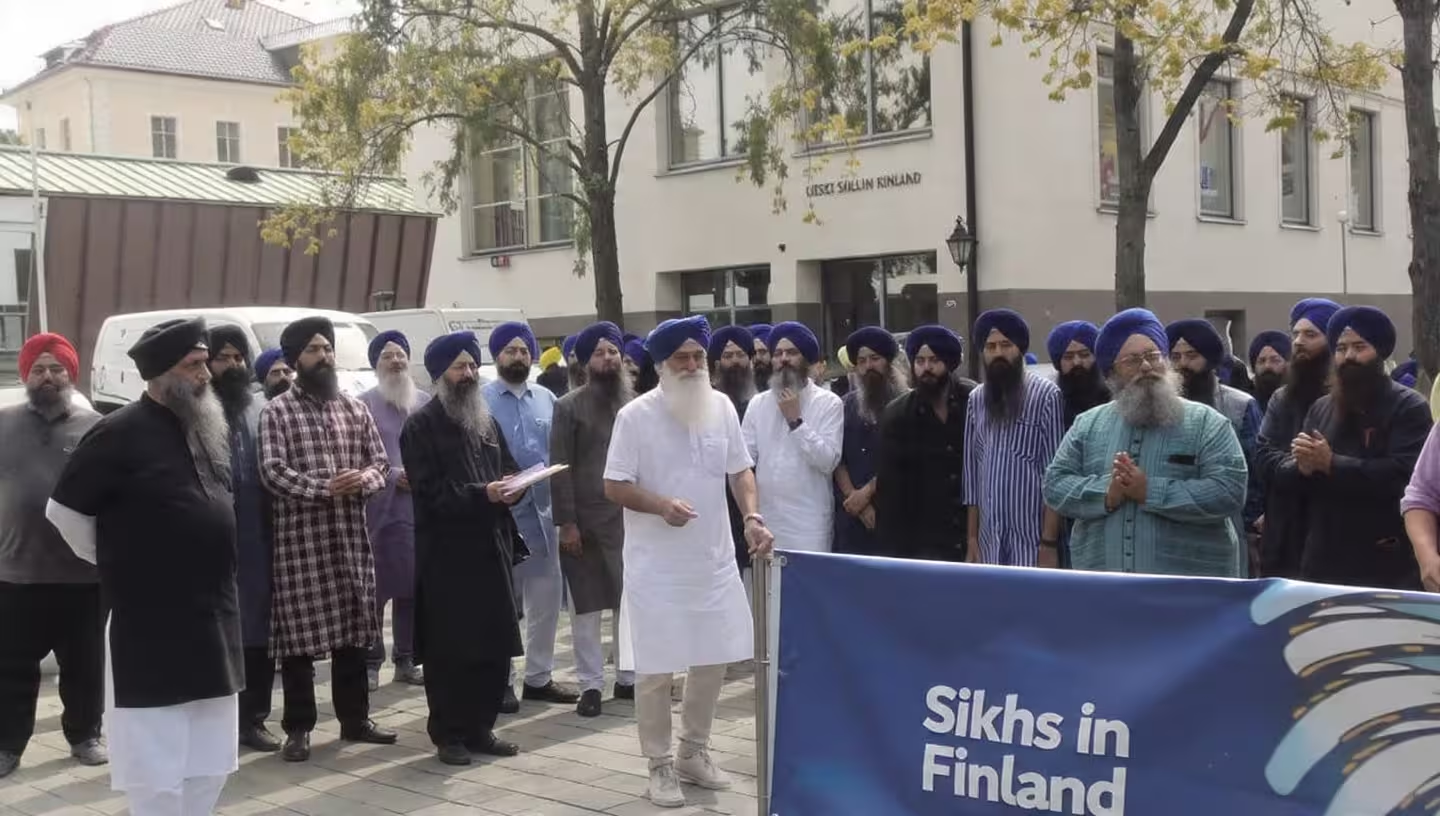 Sikhs in Finland
Sikhs in Finland
-
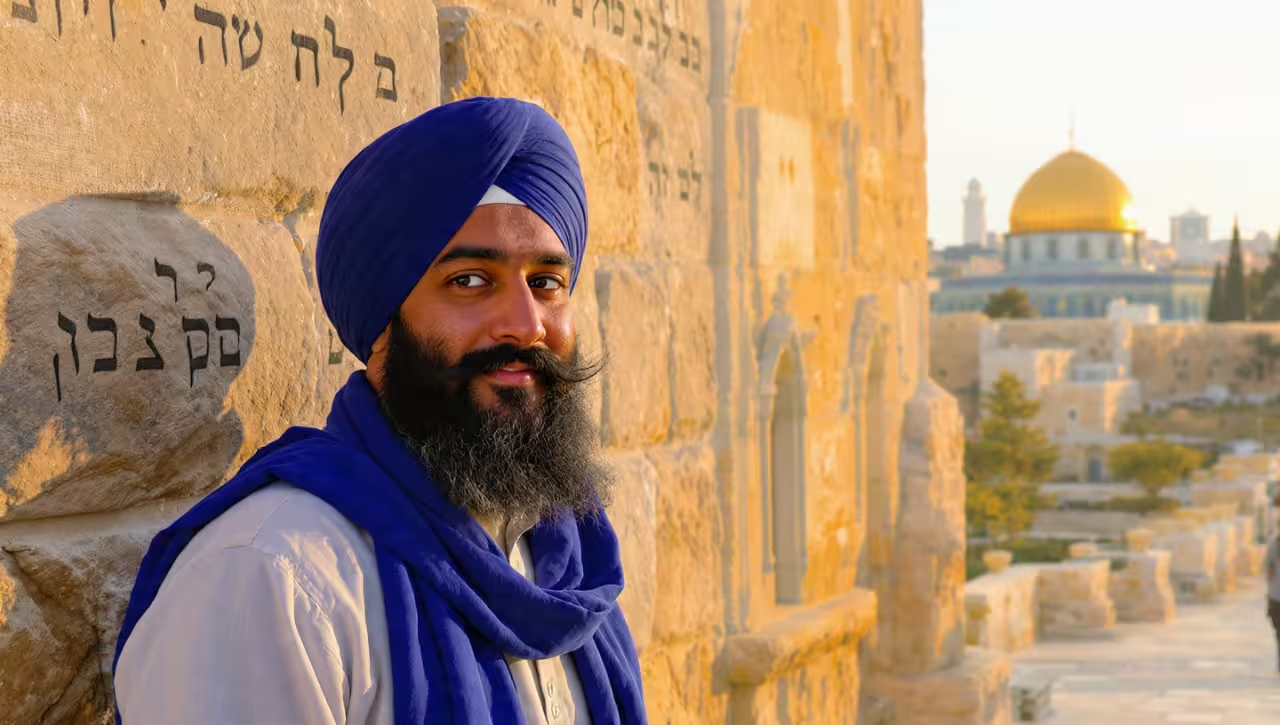 Sikhs in Israel
Sikhs in Israel
-
 Sikhs in Chile
Sikhs in Chile
-
 Sikhs in Bermuda
Sikhs in Bermuda
-
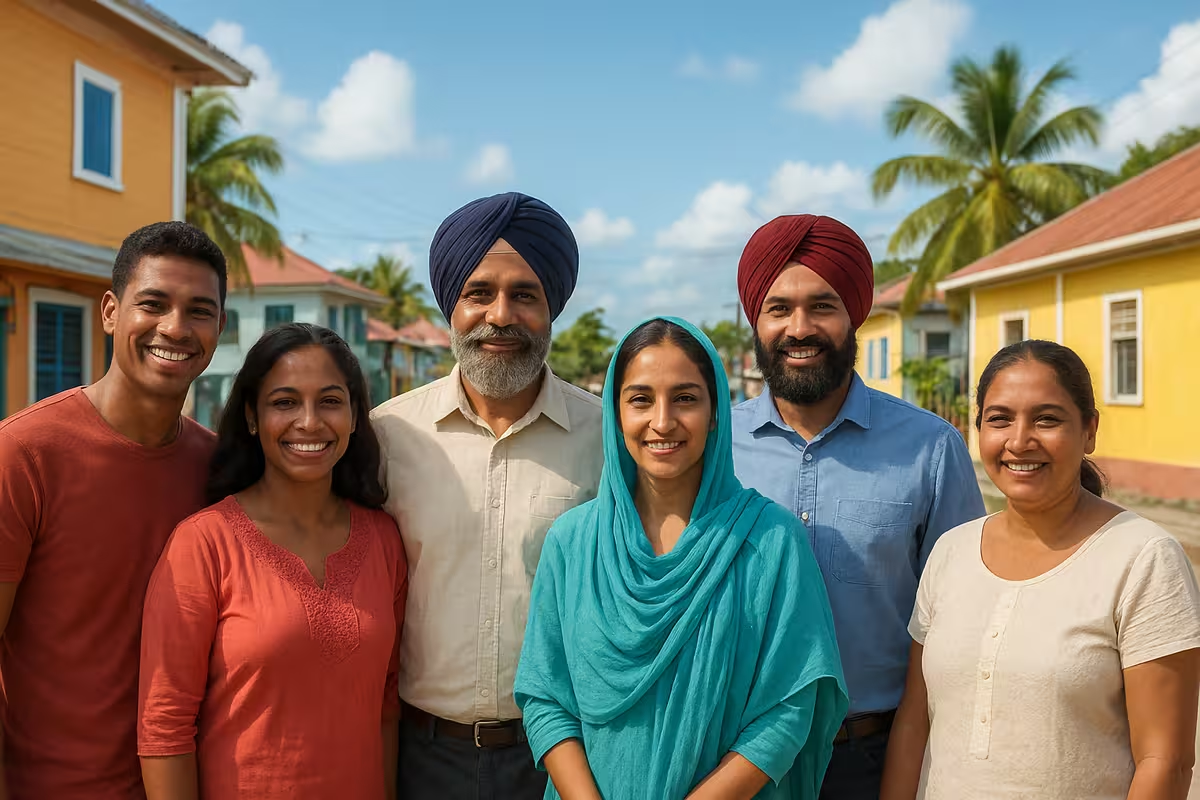 Sikhs in Belize
Sikhs in Belize
-
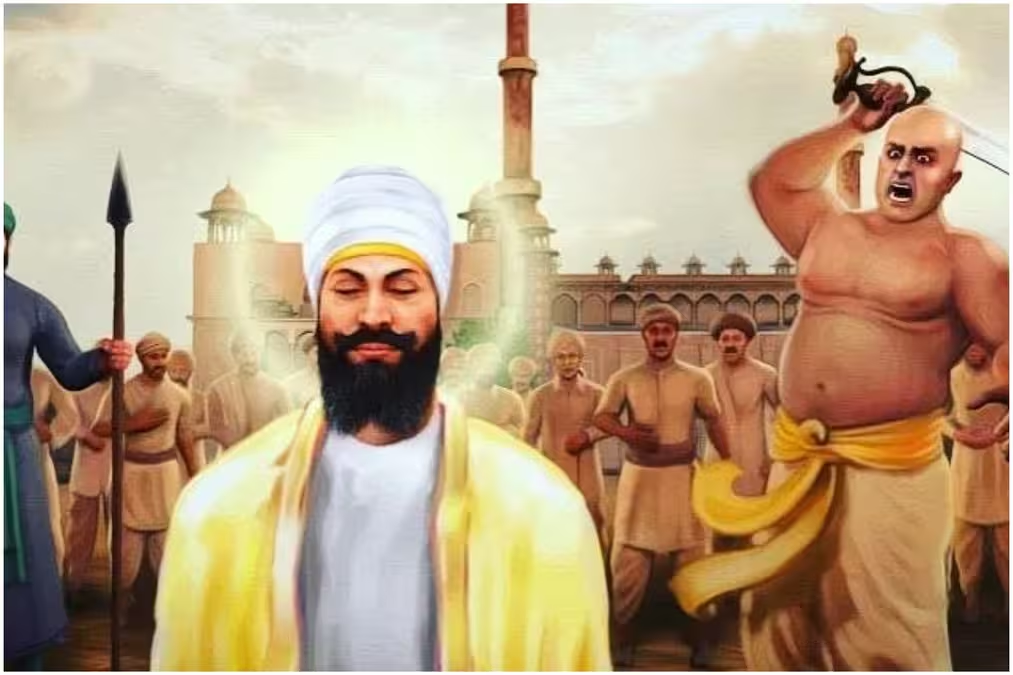 Why a New York Street Honors a Sikh Guru
Why a New York Street Honors a Sikh Guru
-
 Sikhs in Malaysia – From Struggle to Strength
Sikhs in Malaysia – From Struggle to Strength
-
 Sikhs in France
Sikhs in France
-
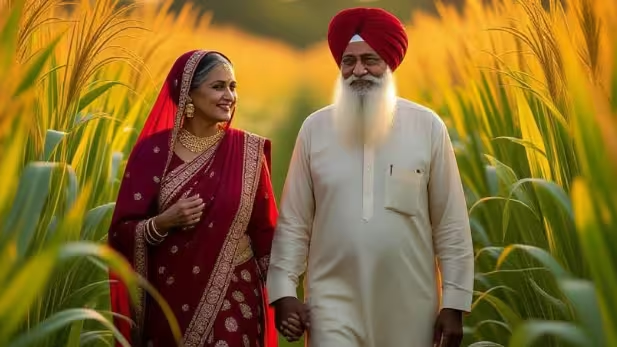 Sikhs in Fiji
Sikhs in Fiji
-
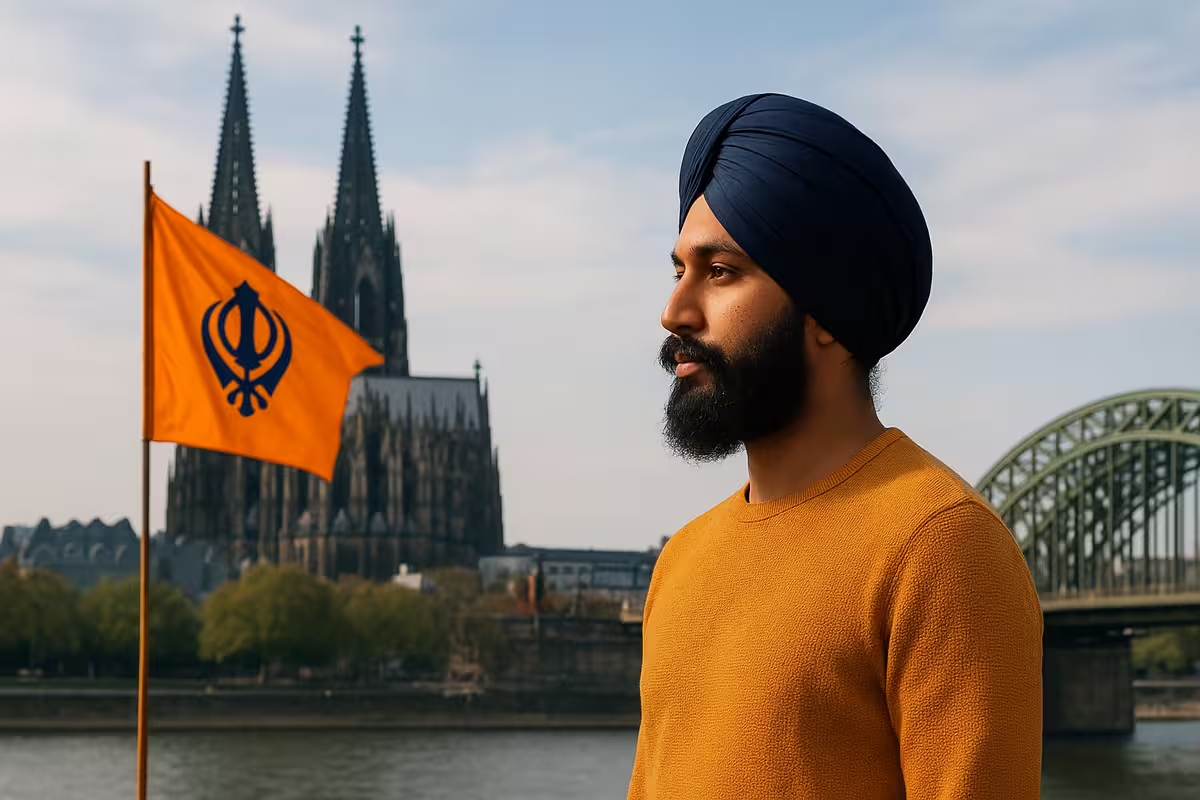 Sikhs in Germany
Sikhs in Germany
-
 Sikhs in Japan
Sikhs in Japan
-
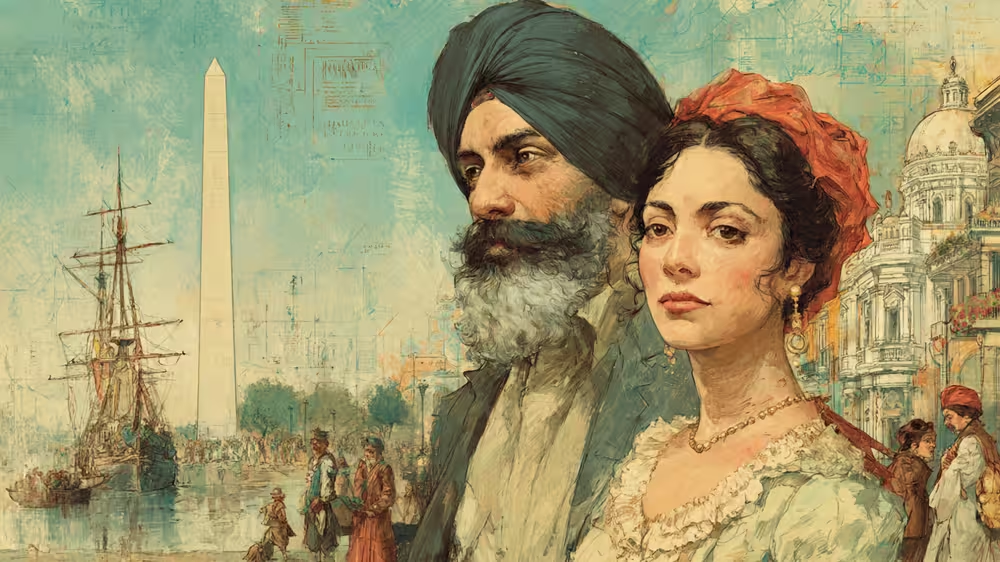 Sikhs in Argentina
Sikhs in Argentina
-
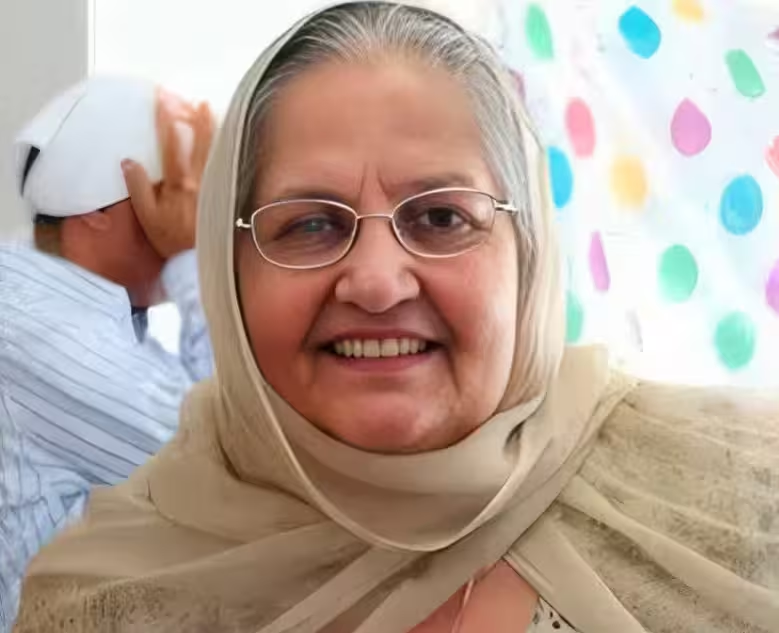 The Heartbreaking Journey of Harjit Kaur
The Heartbreaking Journey of Harjit Kaur
-
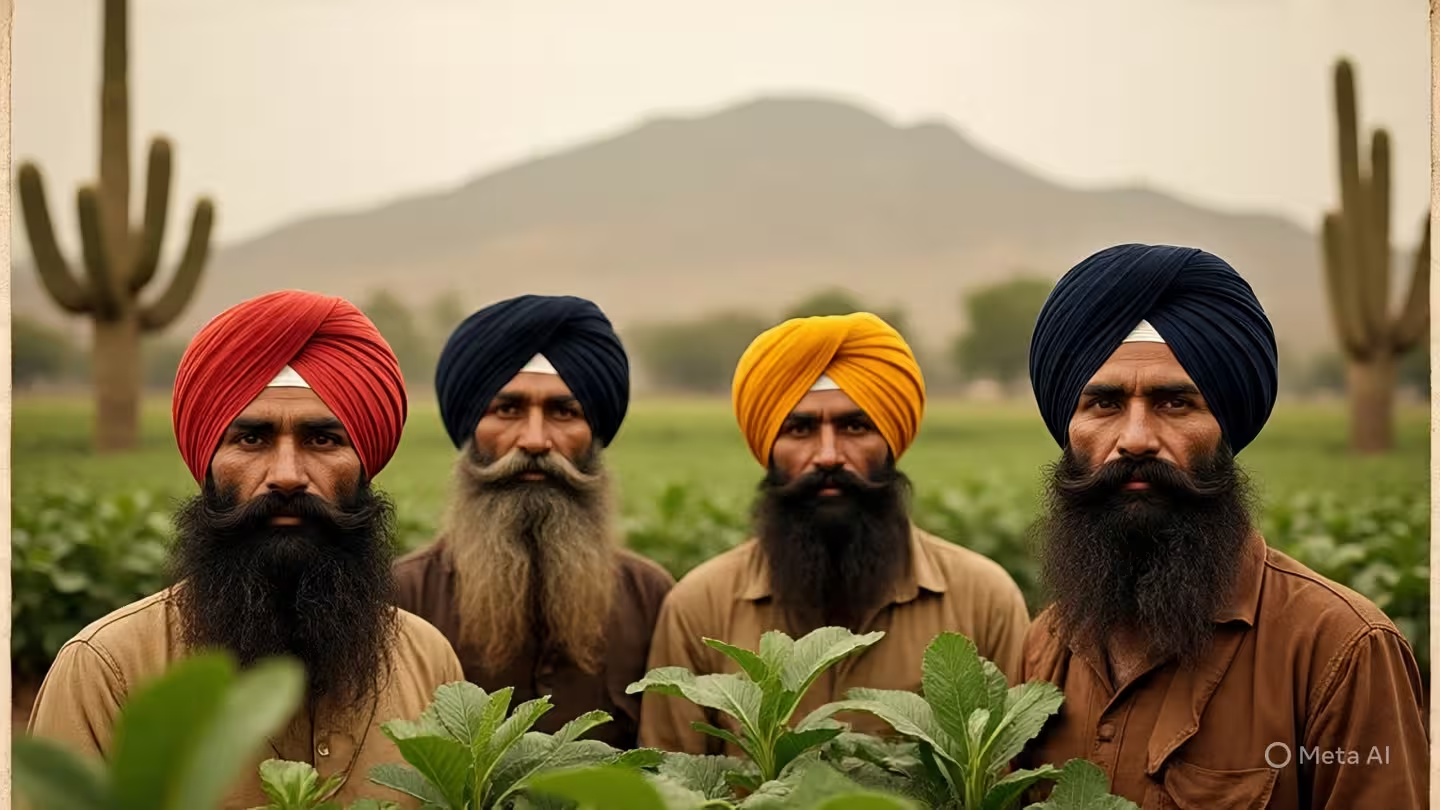 Sikhs in Mexico
Sikhs in Mexico
-
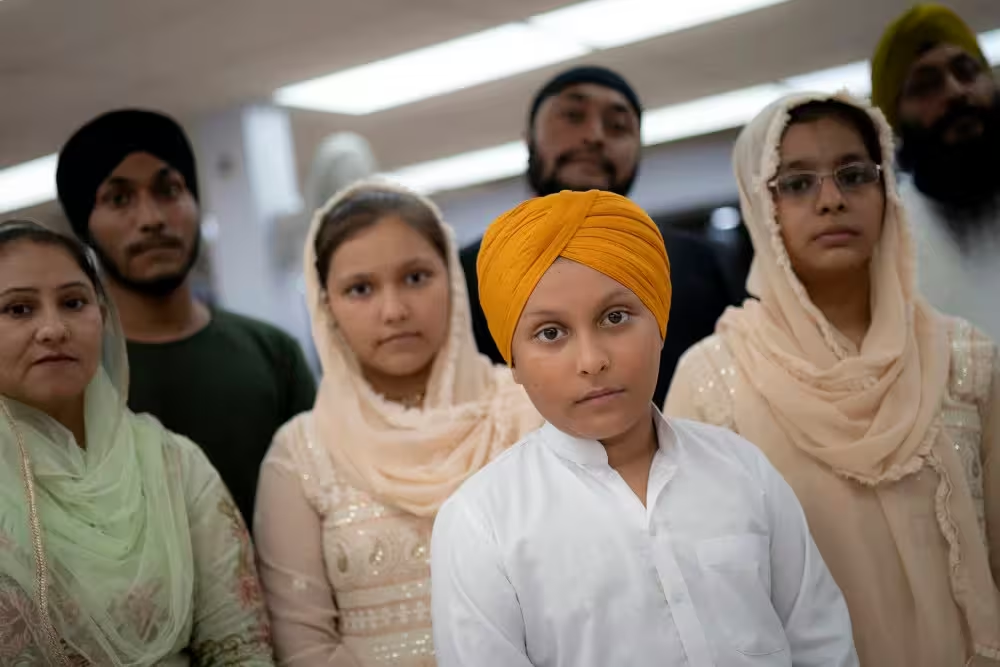 The Bitter Exodus of Sikhs from Afghanistan
The Bitter Exodus of Sikhs from Afghanistan
-
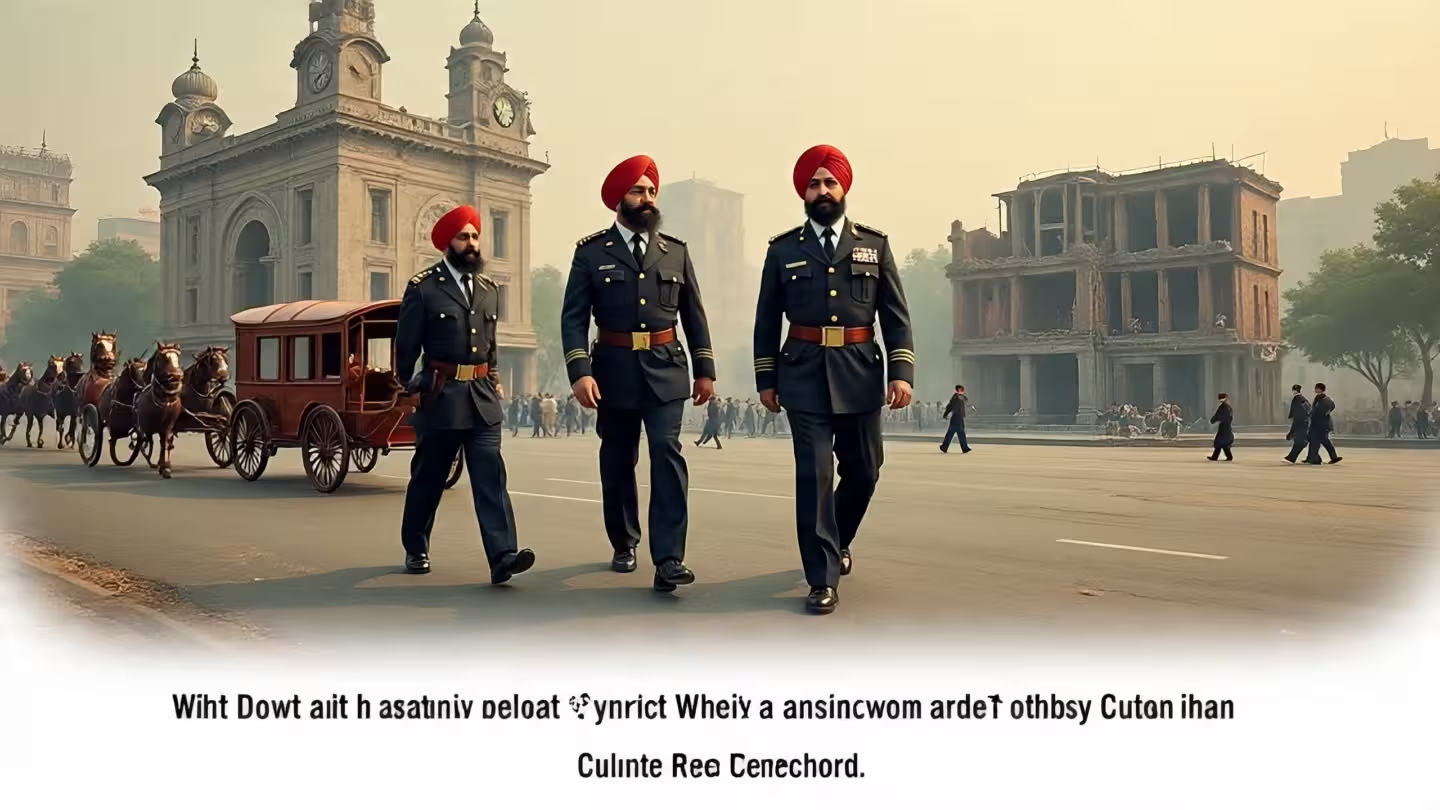 Decline of Sikhs in China
Decline of Sikhs in China
-
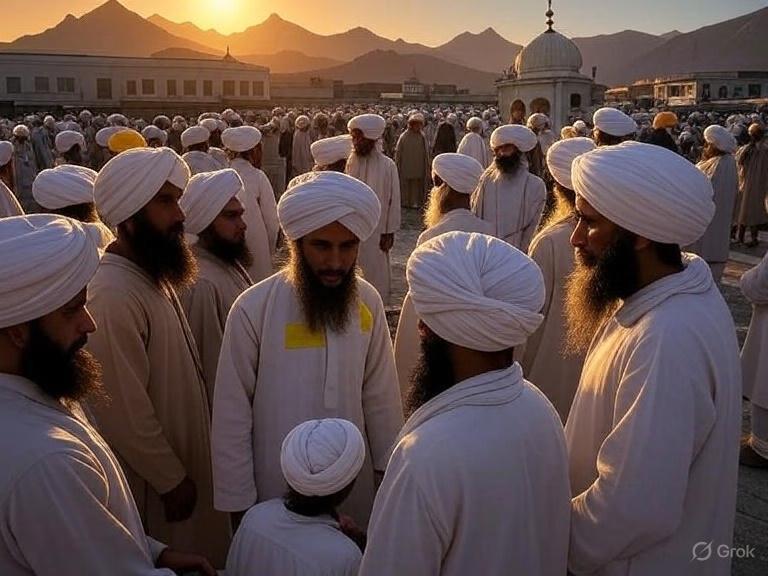 Sikhs in Afghanistan
Sikhs in Afghanistan
-
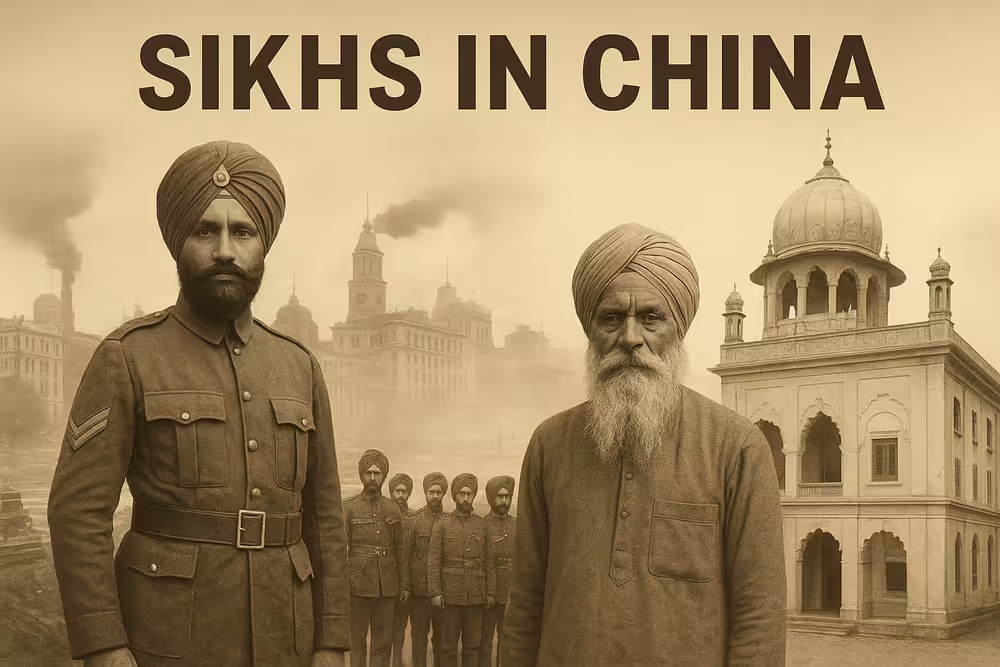 Sikhs in China
Sikhs in China
-
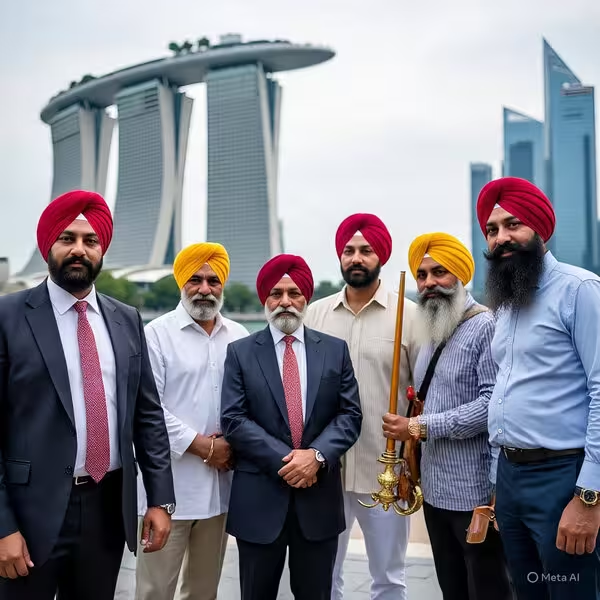 Famous Sikhs in Singapore
Famous Sikhs in Singapore
-
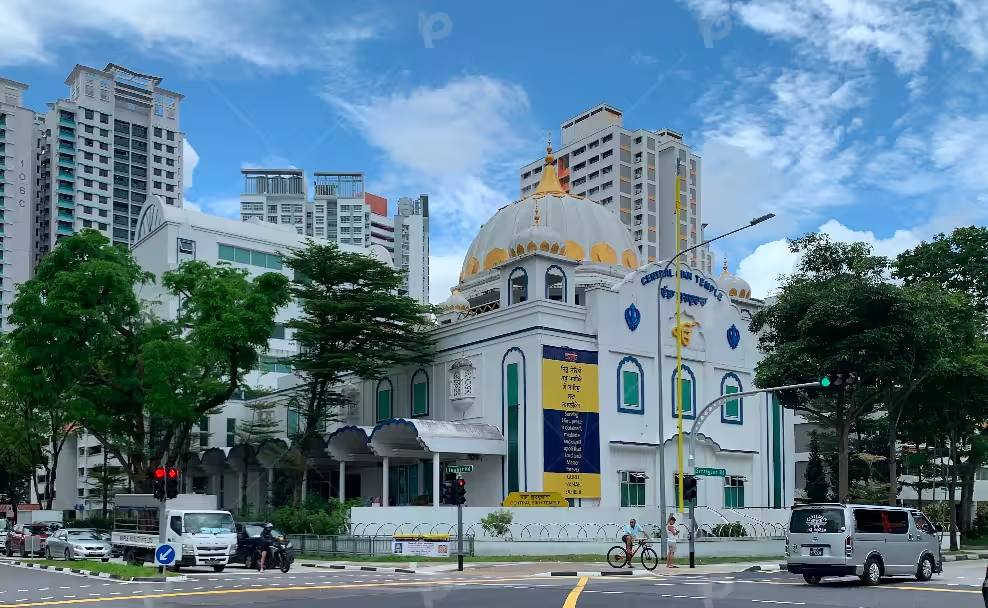 Sikh Gurdwaras in Singapore
Sikh Gurdwaras in Singapore
-
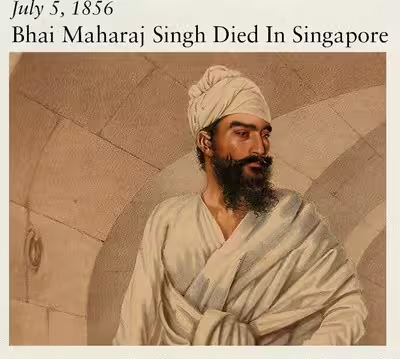 Sikhs in Singapore
Sikhs in Singapore
-
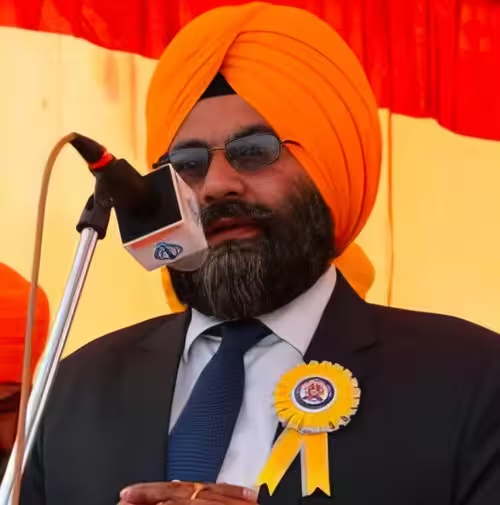 Famous Sikhs in Italy
Famous Sikhs in Italy
-
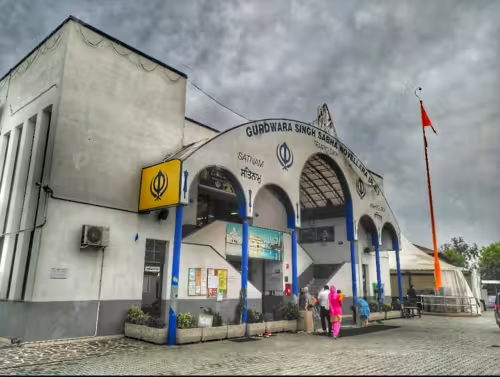 Sikh Gurdwaras in Italy
Sikh Gurdwaras in Italy
-
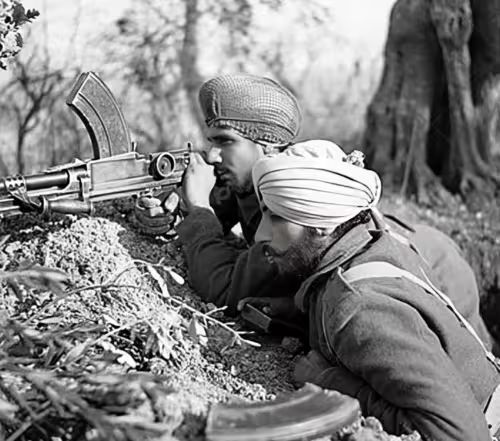 Sikhs in Italy
Sikhs in Italy
-
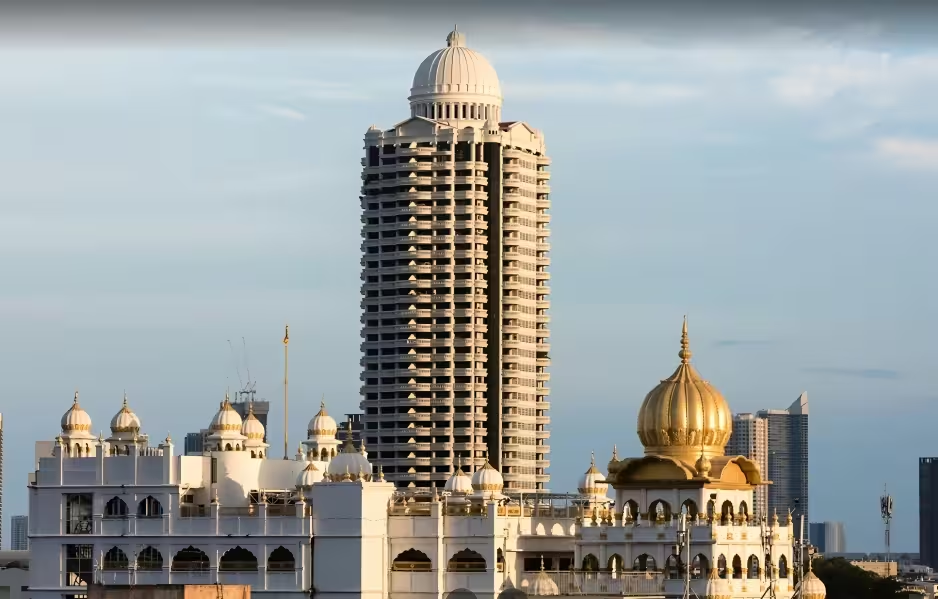 Sikhs in Thailand
Sikhs in Thailand